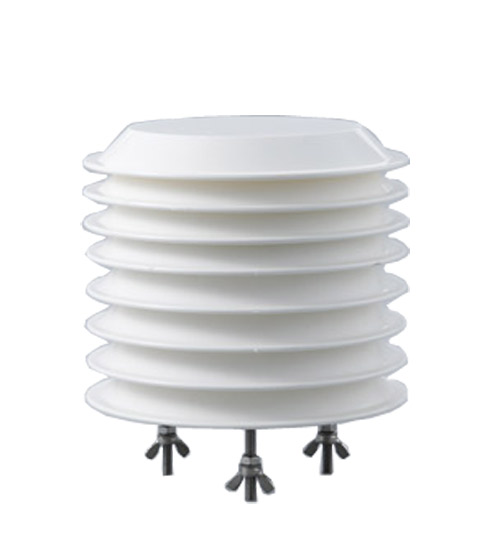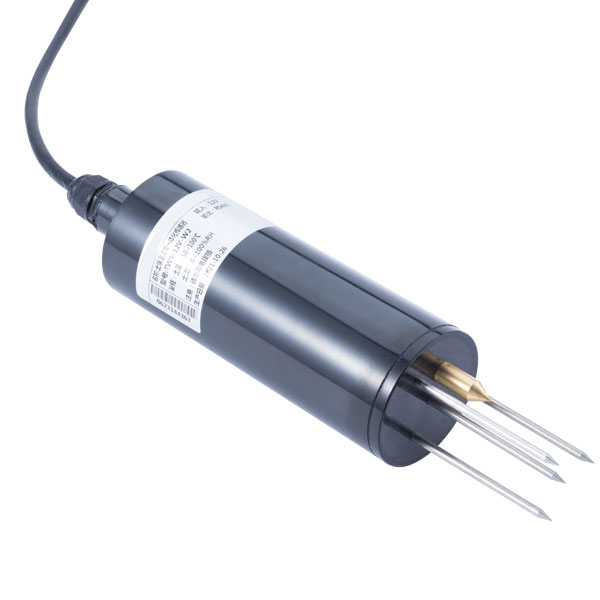

— Blogs —
—Products—
 Consumer hotline +8618073152920
Consumer hotline +8618073152920 WhatsApp:+8615367865107
Address:Room 102, District D, Houhu Industrial Park, Yuelu District, Changsha City, Hunan Province, China
Product knowledge
Time:2022-07-26 15:01:06 Popularity:1091
What are the elements of an agricultural weather station? Including air and soil!
Agricultural production is inseparable from scientific guidance, which in turn requires scientific data analysis. Agricultural meteorological station is a very important observation instrument in smart agriculture. What are the elements of an agrometeorological station? Plant growth is inseparable from both soil and air, so the monitoring elements include soil and air.
What are the elements of an agricultural meteorological station?
In agricultural production, it is necessary to conduct real-time observation of soil temperature and humidity, soil nitrogen, phosphorus and potassium, soil heat flux, sunshine hours, wind speed and direction, rainfall and other factors. After understanding these meteorological elements through instruments, scientific guidance can be provided for the realization of scientific and modern agricultural planting. Therefore, whether it is field, greenhouse, orchard, tea garden, soilless cultivation, etc., it is necessary to build meteorological monitoring equipment.
1. Soil elements
Most of the planting is inseparable from the soil. The soil elements that people usually pay attention to include temperature, humidity, water potential, heat flux, electrical conductivity, salinity, nitrogen, phosphorus and potassium, etc. These elements will always be related to the growth of plants. If a certain element exceeds the appropriate range, it is likely to affect the normal growth of crops, resulting in reduced crop yields or even no harvest. Therefore, agricultural meteorological stations need to install corresponding soil sensors to monitor the changes of these elements.
2. Air elements
There are weather phenomena such as light, rain, clouds, and wind in the air, and the air elements that agriculture needs to observe include sunshine hours, rainfall, wind speed, wind direction, temperature and humidity, etc. Through the observation of these elements, people can know whether the plant is in a suitable growth environment. Corresponding air sensors are usually installed to monitor changes in relevant data.
In different crop growth links, the elements that need to be paid attention to will also have certain differences. For example, during the pollination season, it is necessary to pay attention to whether there is a suitable wind speed and direction to drive the spread of pollen. Whether there are sufficient nutrients such as nitrogen, phosphorus and potassium during the crop fruiting period. Therefore, the construction of agricultural observation stations should focus on the changes of some parameters for different periods.
As can be seen from the information explained above, there are usually dozens of elements that need to be observed. Meteorological monitoring is closely related to the growth of crops. Only by continuously studying the changing laws and connections of agricultural meteorological elements can the rapid development of modern agriculture be achieved. If you want to know the manufacturers, equipment and price information of agricultural weather stations, you can directly consult NiuBoL.
Prev:How much does a carbon dioxide(CO2) sensor cost?
Next:Introduction of equipment in different observation fields of meteorological monitoring station
Sensors & Weather Stations Catalog
Agriculture Sensors and Weather Stations Catalog-NiuBoL.pdf
Weather Stations Catalog-NiuBoL.pdf
Related recommendations
Related products
 Atmospheric Temperature Humidity Pr···
Atmospheric Temperature Humidity Pr··· Soil Temperature Moisture Sensor 4-···
Soil Temperature Moisture Sensor 4-··· Air temperature, humidity and atmos···
Air temperature, humidity and atmos···
Screenshot, WhatsApp to identify the QR code
WhatsApp number:+8615367865107
(Click on WhatsApp to copy and add friends)